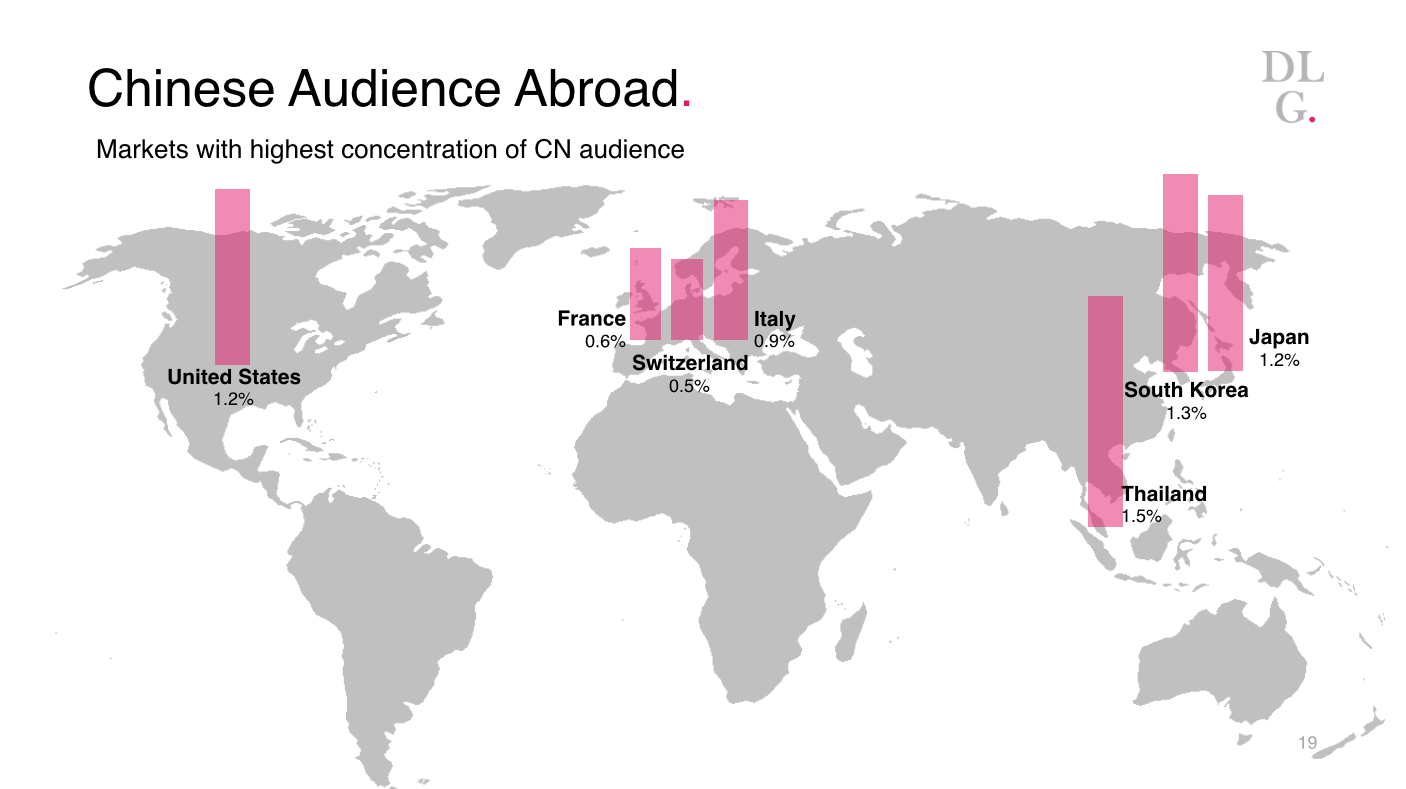
The second set of insights released for this year’s WorldWatchReport™ Benchmark takes a look at the powerful Chinese audience abroad and how luxury watch brands can adopt a truly global experience.
China. Luxury. Spending. They're the hot-button topics that you can find everywhere, but very rarely get the in-depth insights needed for true brand developement.
With Chinese consumers representing 33 percent of today's personal luxury goods market across the globe, now is the time for luxury watch brands to seize the moment by adopting a truly global experience.
The WorldWatchReport™ Benchmark just released its second set of insights to help luxury watch brands better grasp the Chinese market, with a strong emphasis on digital presence– which is projected to enable up to 50 percent of global luxury purchases by 2025.
The Chinese consumer
In 2017, the biggest share of traffic to luxury watch websites came from China. China is currently the leading market over the United States, with a 15.2 percent market share.
Looking at Western markets, between 0.5% and 1.2% of the traffic to luxury watch websites is performed from browsers (e.g. Internet Explorer, Safari…) configured in Mandarin Chinese.
The Chinese audience abroad is powerful and should not be overlooked when it comes to global brand strategy. The top four markets with the highest concentration of Chinese audiences include Thailand, South Korea, Japan and the U.S.

What is the WWR Benchmark?
Produced by DLG (Digital Luxury Group)*, an international digital marketing and communications agency for luxury brands, the WWR analyses the online performance of luxury watch brands exploring topics ranging from the role of a brand's website and the impact of social media on drive-to-store, to the importance of balancing owned and earned media.
“The WWR Benchmark is a unique report providing comparison points on all major web analytics indicators for the luxury watch industry. It helps brands better position their investments to maximise their digital ROI," explains Yoann Chapel, Head of Client Services at DLG.
To access the WorldWatchReport Benchmark's Insights 2, download the full report via the link below.
WorldWatchReport Benchmark – Insights 2
Find out more on the WorldWatchReport Benchmark and online investments.
*Luxury Society is the editorial division of DLG (Digital Luxury Group)










